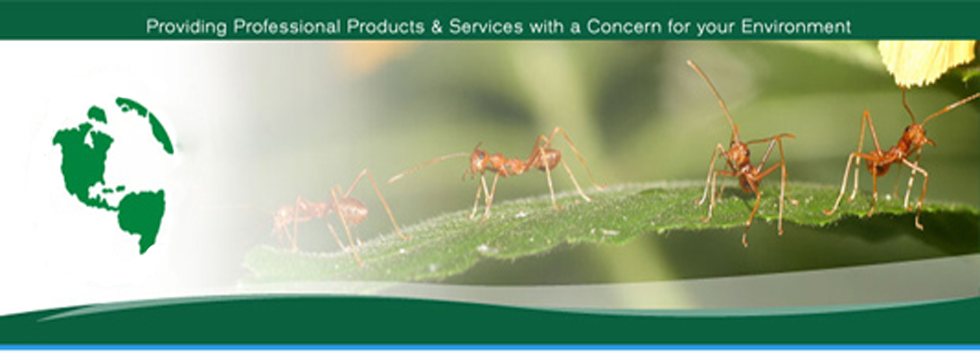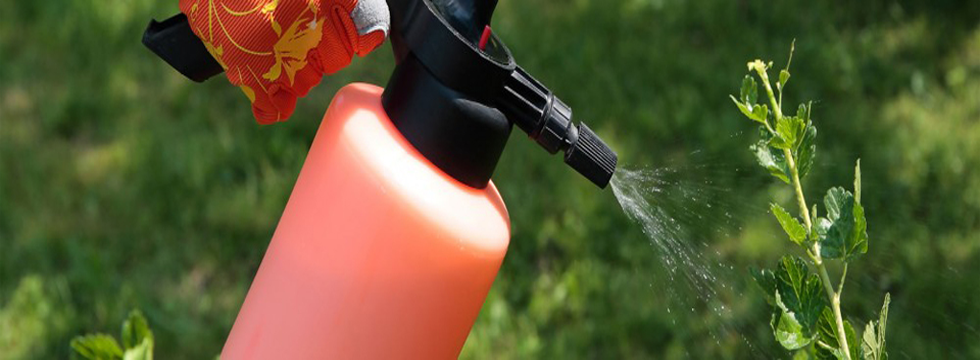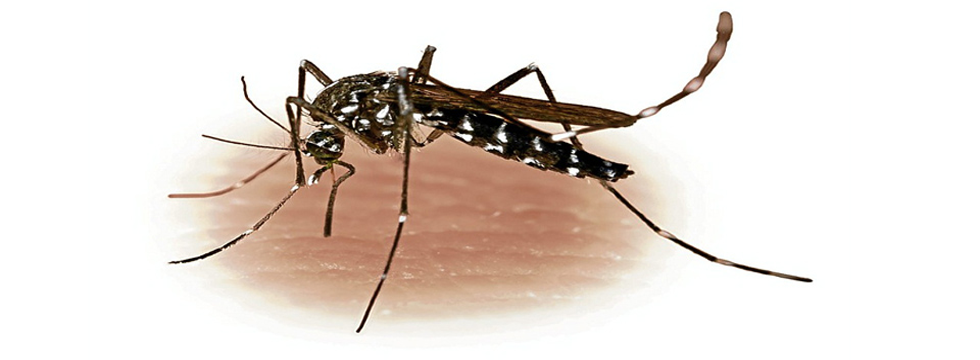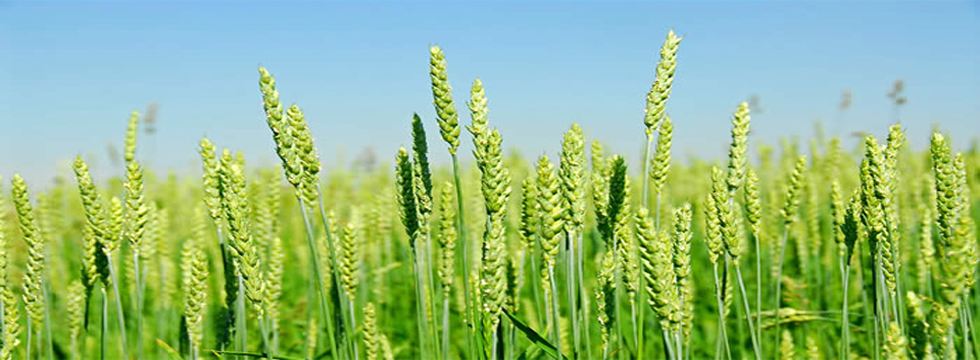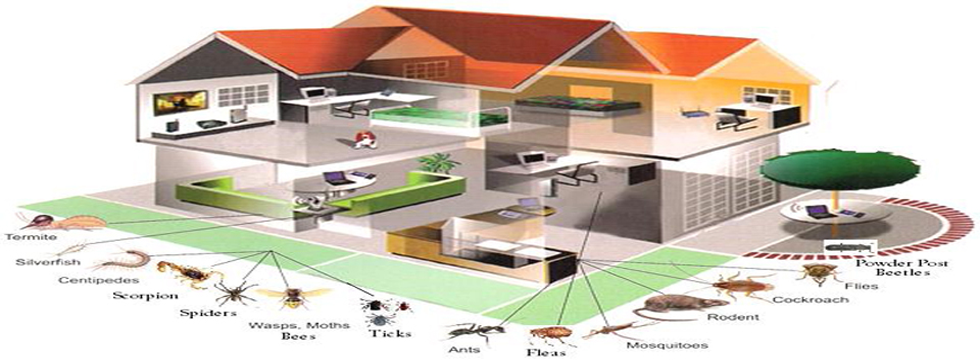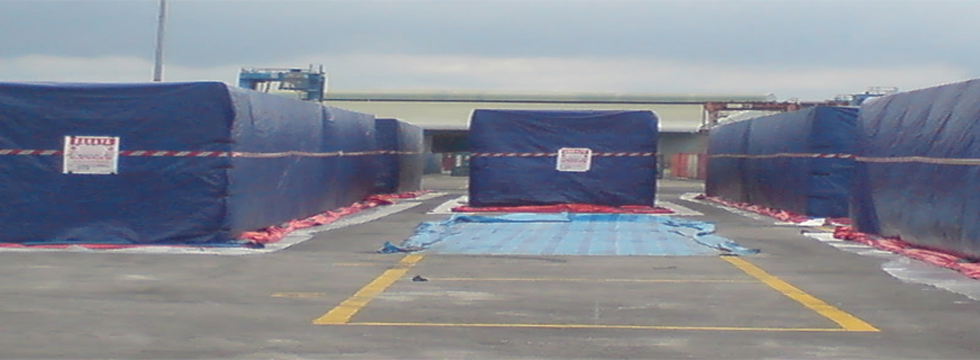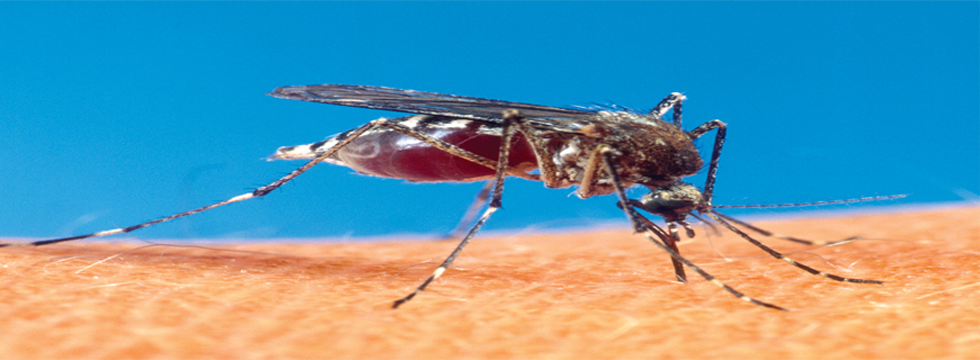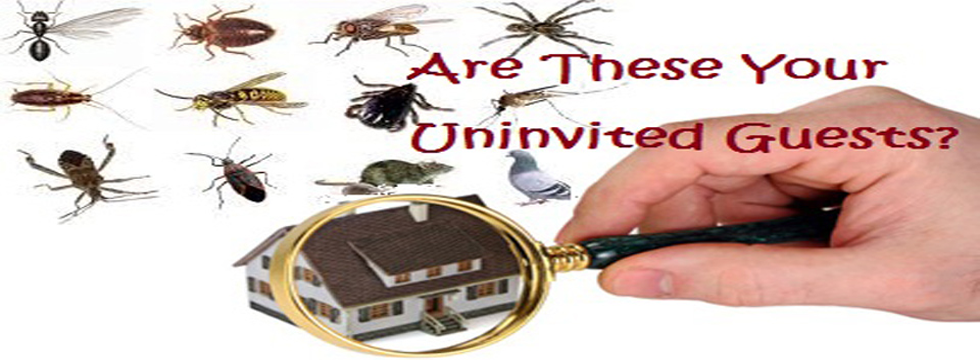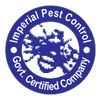


Termite
Winged termites, called alates, are the "milk of tropical forests". They provide food for more amphibians, reptiles, birds, and ground foraging mammals than any other group of insects. No one knows exactly how long termite queens live, but many are known to live at least ten years and records of some long lived mounds suggest a longevity of over 40 years. Other insects have long lived immature stages but termites appear to have the longest lived adult reproductive lives. Subterranean termites spend winters underground. Termites burrow into wood to obtain food. Given enough time, termites will feed until nothing is left of the wood but a shell. Formosan queens can produce up to 1,000 eggs a day.
Fun fact :
The total weight of all of the termites in the world is greater than the weight of all the humans in the world. The largest Formosan termite colony found in America had infested a public library in Algiers, La. It weighed 600 pounds and contained 70 million termites.
Treatment :
Termites are sometimes treated with a liquid barrier method, which involves digging a trench around the home and drilling holes into concrete slabs into which pesticides are inserted. The trench and holes are then patched. 75% of households that experienced termites called a professional. Termites are the most likely of all pests to be treated by a professional. 20% of homeowners surveyed said termites were their main pest concern.
